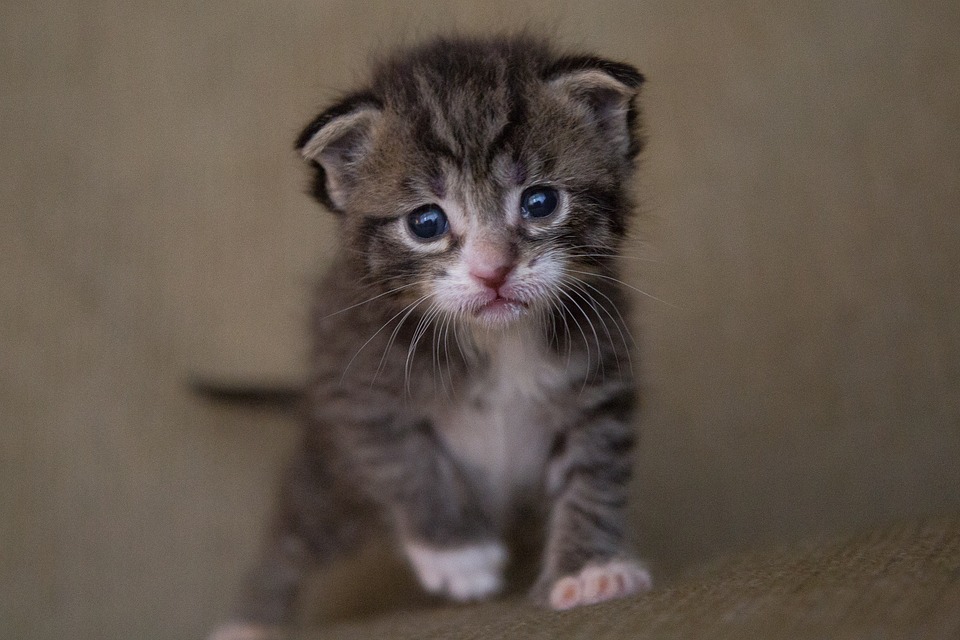Animals, especially cats, have always fascinated humans with their unique ways of communicating. Among the many intriguing behaviors exhibited by animals, the swishing tail stands out as one of the most captivating. In this article, we will explore the world of tail language, shedding light on why animals swish their tails and what it signifies. We will also address frequently asked questions to provide a comprehensive understanding of this fascinating behavior.
Tail communication plays a crucial role in the animal kingdom. It serves as an extension of body language, allowing animals to convey messages to both humans and other animals. Through tail movements, animals can express their emotional states, intentions, and social interactions.
The gentle swish of a tail often signifies contentment and relaxation. Cats, for example, will display this behavior when they are in a comfortable and peaceful environment. It is their way of expressing their satisfaction and happiness.
On the other hand, rapid side-to-side swishing can indicate agitation or irritation. This movement is commonly seen in dogs when they are annoyed or upset. It serves as a warning sign to others to give them space and avoid any potential conflicts.
Tail puffing is another behavior observed in animals, particularly cats, which demonstrates fear or a threat response. When a cat puffs its tail, it is trying to appear larger and more intimidating to potential predators or threats.
A flicking tail tip is often a sign of playfulness or excitement. Cats may display this behavior when they are engaged in a game or feeling energetic. Dogs may wag their tails with a similar motion when they are thrilled or anticipating something exciting.
A stiff upright tail is a clear indication of alertness or aggression. This behavior is commonly seen in animals when they are on high alert or ready to defend themselves. It serves as a warning sign to others to stay away or take caution.
Understanding tail language in cats is a whole other realm to explore. Cats have a subtle and intricate way of communicating through their tails. A slight curve in the tail, often accompanied by a friendly approach, is a common way cats greet each other or their human companions.
On the other hand, a flicking tail can be a warning sign. It signifies that the cat is feeling irritated or agitated. It is a clear message for others to be careful and avoid any potential confrontation.
A puffed tail is a defensive posture that cats adopt when they feel threatened. It makes them appear larger and more intimidating, serving as a way to ward off potential threats or predators.
A tucked tail, where the tail is held close to the body, is a sign of fear or submission. Cats display this behavior when they are scared or feeling submissive towards a dominant cat or human.
Now, let’s address some frequently asked questions about swishing tail behavior in animals:
1. Why do cats swish their tails when they are happy?
Cats swish their tails gently when they are happy as a way to express contentment and relaxation. It is a behavior that often accompanies purring and a relaxed body posture.
2. What does it mean when a dog’s tail wags slowly?
A slow wag of a dog’s tail can indicate uncertainty or hesitation. It may suggest that the dog is assessing a situation or feeling cautious.
3. Can the direction of a cat’s tail movement indicate its mood?
Yes, the direction of a cat’s tail movement can give valuable insights into its mood. A gently curved tail is a friendly greeting, while a flicking tail is a warning sign. Each direction of movement has its own meaning.
4. Are there any medical conditions that can cause abnormal tail movements in animals?
Yes, certain medical conditions, such as nerve damage or spinal injuries, can cause abnormal tail movements in animals. If you notice any unusual tail behavior, it is best to consult a veterinarian for a proper diagnosis.
5. How can tail language be used to improve interactions with animals?
By understanding tail language, we can better interpret an animal’s emotional state and intentions. This can help us communicate effectively with animals and ensure their comfort and well-being.
In conclusion, the swishing tail behavior observed in animals offers valuable insights into their emotional states and intentions. By understanding the subtle nuances of tail language, we can better communicate with and interpret the behavior of our furry friends. Each tail movement tells a story, so pay attention and embrace the wonder of tail communication in the animal kingdom.








